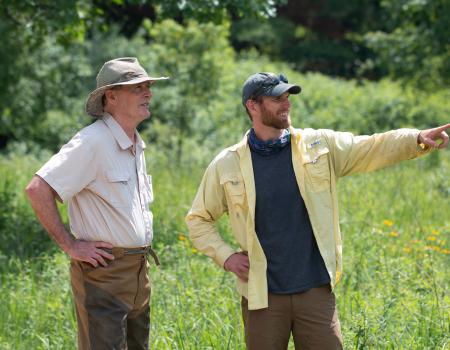Conservation Easements
Landowners in Wisconsin and nationwide have a deep connection to their land and know that their properties provide clean air and water, fresh food, wildlife habitat, and scenic beauty for all. As 5,000 acres of land in the United States are consumed by development every day, many landowners are taking a stand to safeguard the places they love – productive farms, forests, prairies, wetlands – for their families and future generations.
These special places can be safeguarded through partnerships with local land trusts to establish conservation easements. Mississippi Valley Conservancy is a local land trust dedicated to working with private landowners and local communities in southwestern Wisconsin. The Conservancy works in Buffalo, Crawford, Grant, Jackson, La Crosse, Monroe, Richland, Trempealeau, and Vernon Counties to conserve native habitats and farmland for the health and well-being of current and future generations.
